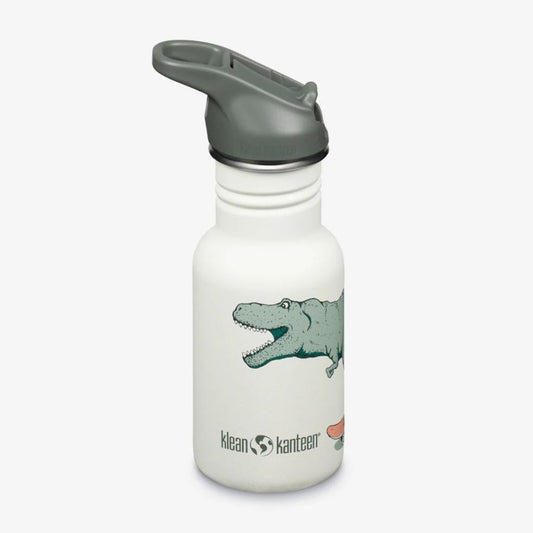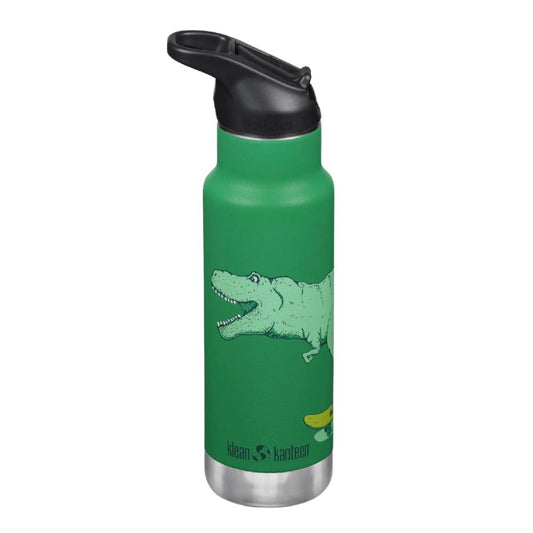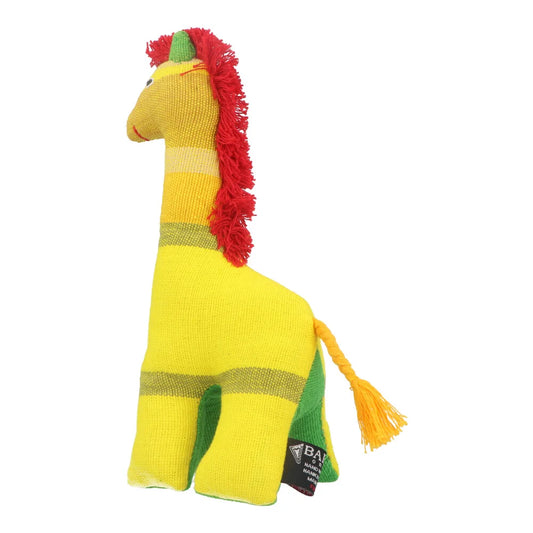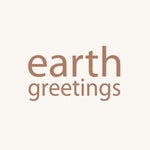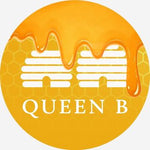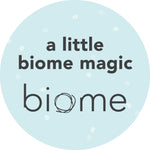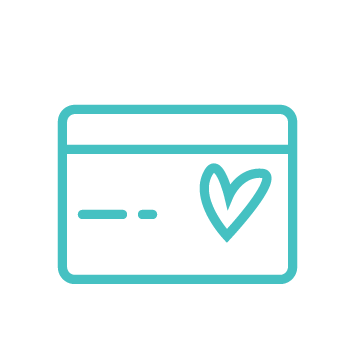
Biome has seven workplaces with our stores and our warehouse-head office, so we have been thoroughly researching and adhering to the best measures we can to keep our team and customers safe from the spread of Coronavirus. We are also being asked many questions by our community about what they should use to keep their homes free from virus. Turning to reputable sources such as the Australian Government and Choice, the US National Centre for Biotechnology Information (NCBI), and Universities, we have summarised the recommendations here. And we have included the URL links so that you can further your research and verify the information for yourself. PLEASE NOTE:
these are suggestions for household cleaning and not medical-grade. Should you have a confirmed case of COVID-19 in your home, the thoroughness of the measures needs to be stepped up accordingly. With any product intended as a disinfectant, you need to be very sure of the percentage of the active ingredients in the final solution, whether alcohol, sodium hypochlorite, or hydrogen peroxide. As with washing your hands, a good scrub with soap or detergent and water is the first important step in removing viruses. Second, is disinfecting. But, if you are like us, and can not tolerate the smell of chlorine bleach, there is an alternative for you in
Sodium Percarbonate, commonly known as Oxygen Bleach.
Please be sure to note the How to use instructions below for Oxygen Bleach, which must only be prepared immediately prior to using and not stored in a sealed container.
The difference between virus and bacteria
It is firstly important to understand the difference between bacteria and viruses. "Germs" is the name for all bacteria, viruses, fungi, and protozoa that can cause disease. From the time we are born, bacteria start to occupy our bodies, living on our body surfaces, including the skin and gut biome.
https://www.ncbi.nlm.nih.gov/books/NBK209710/
They can be dangerous, such as when they cause infection (Staph, Strep, TSS), or beneficial, as in the processes of fermentation and decomposition. Viruses need a host, such as bacteria, to survive. If a virus drops on a surface that is void of any bacteria it will eventually die out, because viruses depend on the host cells that they infect to reproduce. Examples of viruses are smallpox, the common cold, chickenpox, herpes, polio, Ebola, AIDS and Coronavirus. https://ucmp.berkeley.edu/alllife/virus.html Viruses are packets of nucleic acid surrounded by a protein shell and sometimes fatty materials called lipids. Outside a living cell, a virus is a dormant particle, lacking the raw materials for reproduction. Only when it enters a host cell does it go into action, hijacking the cell's metabolic machinery to produce copies of itself. https://www.ncbi.nlm.nih.gov/books/NBK209710/
How to clean to protect against viruses
Anti-bacterial products do not kill viruses, but they create an environment with less bacteria for the virus to find a host to live in. According to Choice (1)
The best plan of action is to first clean surfaces by removing the dirt, using an all-purpose cleaner, and then apply disinfectant to get rid of the virus (the first step makes the virus easier to remove in the second step).
-
Cleaning refers to the removal of germs, dirt, and impurities from surfaces (it doesn't kill germs but can reduce them and reduce the risk of spreading an infection).
-
Disinfecting refers to using chemicals to kill germs on surfaces. This process does not necessarily clean dirty surfaces or remove germs, but by killing germs on a surface after cleaning, it can further lower the risk of spreading infection.
Everyday cleaning methods applied with diligent scrubbing are adequate. The important thing is to first clean with a detergent and water, then disinfect with a bleach-based solution or an alcohol-based solution with at least 70% alcohol. Your choice of cleaning product will be determined by the type of surface and how likely it is that it is contaminated by the coronavirus. If you feel the risk of contamination is high, you may like to opt for a stronger bleach-based solution for the disinfecting part of the process. The Australian Department of Health says you should use a disinfectant that claims "antiviral activity", meaning it can kill a virus (such as chlorine-based disinfectants). This is different to an 'antibacterial cleaner'. Antibacterial cleaning products contain ingredients to eliminate germs and bacteria such as E. coli and salmonella...the 'antibacterial' ingredients themselves will not eliminate coronavirus.
Which Cleaning Products to Use
What to use for cleaning Use
soap or detergent and water, or any
surface cleaner that you have at home.
Soap removes the viral particles that have attached themselves to surfaces — whether it's your hands, face or countertops — and suspends them in the water, so they can be washed away... Soap or detergent break up the viruses outer coating, so the virus falls apart. (2)
As per this article on the ABC, products like hand sanitiser and disinfectant sprays are not enough to kill the virus on their own. (3)
Professor Brett Mitchell told ABC Radio Sydney: "They can't break through dirt and organic material that's left on surfaces, so you need to clean that first and then use the disinfectant." Detergents are the key to breaking down the layers of dirt and dust to allow disinfectants to work.
What to use for disinfectant According to Choice (1):
Studies show that disinfectant products containing at least 62–71% ethanol, 0.5% hydrogen peroxide or 0.1% sodium hypochlorite can remove a virus within one minute. You can also use diluted household bleach solutions for disinfecting. But you should never mix cleaning chemicals and detergents, or chemical-based products with natural-based chemicals such as vinegar-based detergents.
Chlorine bleach is problematic for many people as the chlorine fumes can cause breathing difficulties, asthma, and lung irritation - not something we wish to do in the face of coronavirus. It also harmful to your skin and can damage surfaces. Sodium Percarbonate or Oxygen Bleach, is less harsh, environmentally-safe, alternative to chlorine bleach
, but must be mixed immediately before use in the correct dilution (see more below). Unlike many commercial bleach or disinfectant products,
Biome's Oxygen Bleach is 100% sodium percarbonate, with no fillers, SLS, synthetic fragrance, preservatives.

You can learn more about oxygen bleach in our earlier blog post here
Why Oxygen Bleach is Better Than Chlorine Bleach and How to Use it for Cleaning. Rubbing alcohol products that are at least 70 percent alcohol will also kill the coronavirus with less potential for damage than bleach.
How much hydrogen peroxide does sodium percarbonate contain Sodium percarbonate is an addition compound of hydrogen peroxide and sodium carbonate. Based on the molecular formula, the pure substance sodium percarbonate contains 32.5 % hydrogen peroxide and 67.5 % sodium carbonate (based on weight). https://www.heraproject.com/files/6-F-04-HERA%20percarbonate%20full%20web%20wd.pdf The white crystalline sodium percarbonate powder needs to break down and dissolve in water to release hydrogen peroxide. Hot water is best to make this happen quickly and thoroughly. The US Environmental Protection Authority (EPA) has listed products with the active ingredient of Hydrogen Peroxide as effective for use against SARS-CoV-2, the novel coronavirus that causes the disease COVID-19. https://www.epa.gov/pesticide-registration/list-n-disinfectants-use-against-sars-cov-2 For example, one approved product is Peroxy HDOX. Looking at that product's Material Safety Data Sheet (SDS in the US), while it says the ingredients are unfortunately a trade secret, it does shows it contains 5-8% hydrogen peroxide.
How to clean surfaces with Oxygen Bleach
Only mix into a paste or spray solution immediately prior to using. Once the sodium percarbonate dissolves in water converting into hydrogen peroxide and sodium carbonate, and the hydrogen peroxide is exposed to air, it starts to react to form water and oxygen (roughly 30 days).
Do not store, especially not in a sealed container. The chemical reaction continues to release oxygen gas bubbles which can explode the container. As noted above, Choice says products containing 0.5% hydrogen peroxide are effective against viruses. Thus ensure that your solution has at least 0.5% hydrogen peroxide (note that oxygen bleach/sodium percarbonate converts into approx. 32.5% hydrogen peroxide and sodium carbonate when dissolved in water).
The contact time recommended by the EPA is five minutes (the surface should be visibly wet for the duration of the contact time).
Other tips to keep your home Coronavirus free
From this article on the ABC (3)
- Take shoes off at the door.
- Wipe down items brought home with detergent or soapy water (non-porous items like takeaway containers can be wiped down with detergent or soapy water and fresh produce washed).
- Wear gloves when cleaning.
- Wipe down high touch surfaces (doorknobs, switches, and mobile phones) at least twice per day using detergent.
- Open doors and windows to flush clean air through the house.
- A dishwasher will kill the virus.
Vinegar and Vodka will not sanitise surfaces.
Environmental
Unlike products containing chlorine, such as sodium hypochlorite, sodium percarbonate is environmentally safe because after use for household cleaning because no hydrogen peroxide or carbonate ultimately ends up in aquatic ecosystems. The hydrogen peroxide will degrade in the biological waste water treatment plant into oxygen and water, while carbonate will be neutralised by the biological waste water treatment plant to bicarbonate. Sodium has a low toxicity and the emitted amount of sodium is relatively low compared to background concentrations and therefore the emitted amount of sodium will not have an effect on the aquatic organisms of the receiving water.
More helpful resources (1) https://www.choice.com.au/home-and-living/laundry-and-cleaning/surface-cleaners/articles/cleaning-in-the-time-of-coronavirus (2) Many common household cleaning products can kill the coronavirus if you use them properly. https://www.nbcnews.com/better/lifestyle/many-common-household-cleaning-products-can-kill-coronavirus-if-you-ncna1160271 (3) https://www.abc.net.au/news/2020-03-24/how-to-help-keep-your-house-free-from-coronavirus/12080550 How to Keep Your Home Clean and Free from Coronavirus https://www.abc.net.au/news/2020-03-24/how-to-help-keep-your-house-free-from-coronavirus/12080550 Cleaning and Disinfecting for Households by the US Centres for Disease Control and Protection https://www.cdc.gov/coronavirus/2019-ncov/prevent-getting-sick/cleaning-disinfection.html
Cleaning recommendations for confirmed, probable or suspected COVID-19
Refer to this Queensland Government Health Department source that includes a guide for preparing a 1,000ppm bleach solution. https://www.health.qld.gov.au/public-health/industry-environment/disease-prevention-control/covid19-industry/covid-19-cleaning-disinfection-waste-management

 Biome has seven workplaces with our stores and our warehouse-head office, so we have been thoroughly researching and adhering to the best measures we can to keep our team and customers safe from the spread of Coronavirus. We are also being asked many questions by our community about what they should use to keep their homes free from virus. Turning to reputable sources such as the Australian Government and Choice, the US National Centre for Biotechnology Information (NCBI), and Universities, we have summarised the recommendations here. And we have included the URL links so that you can further your research and verify the information for yourself. PLEASE NOTE: these are suggestions for household cleaning and not medical-grade. Should you have a confirmed case of COVID-19 in your home, the thoroughness of the measures needs to be stepped up accordingly. With any product intended as a disinfectant, you need to be very sure of the percentage of the active ingredients in the final solution, whether alcohol, sodium hypochlorite, or hydrogen peroxide. As with washing your hands, a good scrub with soap or detergent and water is the first important step in removing viruses. Second, is disinfecting. But, if you are like us, and can not tolerate the smell of chlorine bleach, there is an alternative for you in Sodium Percarbonate, commonly known as Oxygen Bleach. Please be sure to note the How to use instructions below for Oxygen Bleach, which must only be prepared immediately prior to using and not stored in a sealed container.
Biome has seven workplaces with our stores and our warehouse-head office, so we have been thoroughly researching and adhering to the best measures we can to keep our team and customers safe from the spread of Coronavirus. We are also being asked many questions by our community about what they should use to keep their homes free from virus. Turning to reputable sources such as the Australian Government and Choice, the US National Centre for Biotechnology Information (NCBI), and Universities, we have summarised the recommendations here. And we have included the URL links so that you can further your research and verify the information for yourself. PLEASE NOTE: these are suggestions for household cleaning and not medical-grade. Should you have a confirmed case of COVID-19 in your home, the thoroughness of the measures needs to be stepped up accordingly. With any product intended as a disinfectant, you need to be very sure of the percentage of the active ingredients in the final solution, whether alcohol, sodium hypochlorite, or hydrogen peroxide. As with washing your hands, a good scrub with soap or detergent and water is the first important step in removing viruses. Second, is disinfecting. But, if you are like us, and can not tolerate the smell of chlorine bleach, there is an alternative for you in Sodium Percarbonate, commonly known as Oxygen Bleach. Please be sure to note the How to use instructions below for Oxygen Bleach, which must only be prepared immediately prior to using and not stored in a sealed container.
 You can learn more about oxygen bleach in our earlier blog post here Why Oxygen Bleach is Better Than Chlorine Bleach and How to Use it for Cleaning. Rubbing alcohol products that are at least 70 percent alcohol will also kill the coronavirus with less potential for damage than bleach. How much hydrogen peroxide does sodium percarbonate contain Sodium percarbonate is an addition compound of hydrogen peroxide and sodium carbonate. Based on the molecular formula, the pure substance sodium percarbonate contains 32.5 % hydrogen peroxide and 67.5 % sodium carbonate (based on weight). https://www.heraproject.com/files/6-F-04-HERA%20percarbonate%20full%20web%20wd.pdf The white crystalline sodium percarbonate powder needs to break down and dissolve in water to release hydrogen peroxide. Hot water is best to make this happen quickly and thoroughly. The US Environmental Protection Authority (EPA) has listed products with the active ingredient of Hydrogen Peroxide as effective for use against SARS-CoV-2, the novel coronavirus that causes the disease COVID-19. https://www.epa.gov/pesticide-registration/list-n-disinfectants-use-against-sars-cov-2 For example, one approved product is Peroxy HDOX. Looking at that product's Material Safety Data Sheet (SDS in the US), while it says the ingredients are unfortunately a trade secret, it does shows it contains 5-8% hydrogen peroxide.
You can learn more about oxygen bleach in our earlier blog post here Why Oxygen Bleach is Better Than Chlorine Bleach and How to Use it for Cleaning. Rubbing alcohol products that are at least 70 percent alcohol will also kill the coronavirus with less potential for damage than bleach. How much hydrogen peroxide does sodium percarbonate contain Sodium percarbonate is an addition compound of hydrogen peroxide and sodium carbonate. Based on the molecular formula, the pure substance sodium percarbonate contains 32.5 % hydrogen peroxide and 67.5 % sodium carbonate (based on weight). https://www.heraproject.com/files/6-F-04-HERA%20percarbonate%20full%20web%20wd.pdf The white crystalline sodium percarbonate powder needs to break down and dissolve in water to release hydrogen peroxide. Hot water is best to make this happen quickly and thoroughly. The US Environmental Protection Authority (EPA) has listed products with the active ingredient of Hydrogen Peroxide as effective for use against SARS-CoV-2, the novel coronavirus that causes the disease COVID-19. https://www.epa.gov/pesticide-registration/list-n-disinfectants-use-against-sars-cov-2 For example, one approved product is Peroxy HDOX. Looking at that product's Material Safety Data Sheet (SDS in the US), while it says the ingredients are unfortunately a trade secret, it does shows it contains 5-8% hydrogen peroxide.








